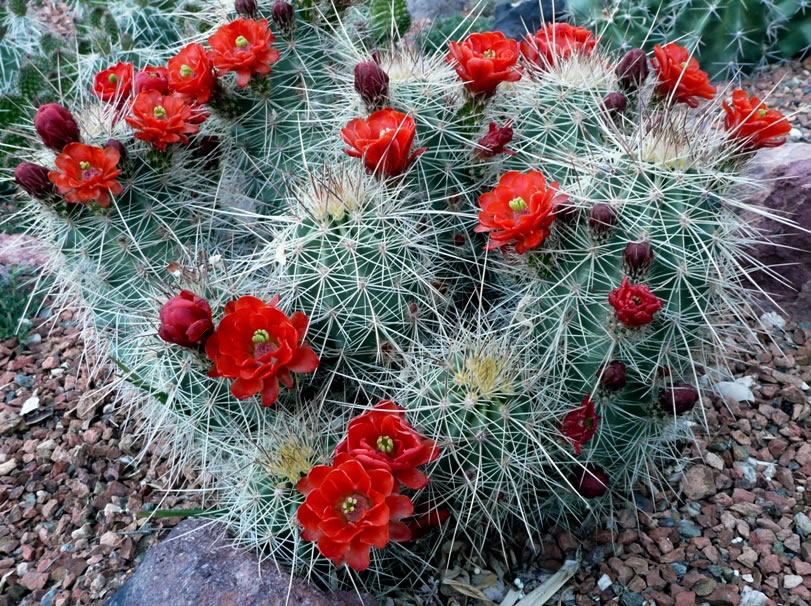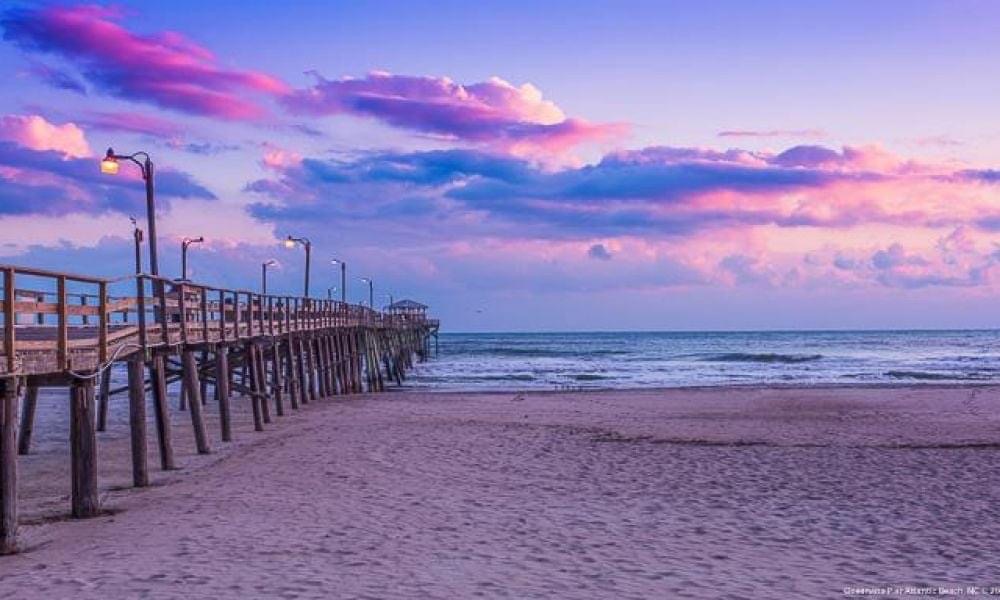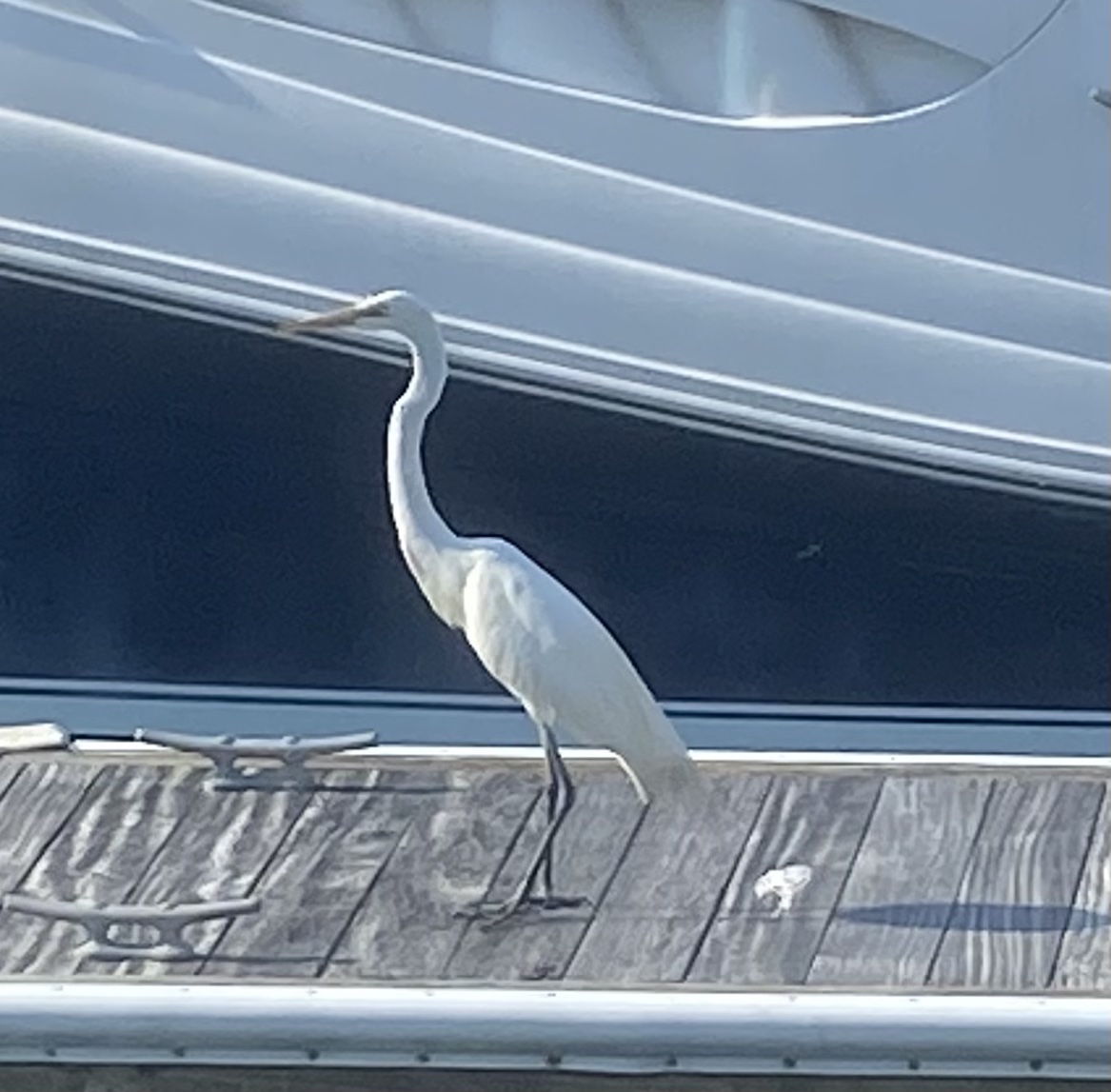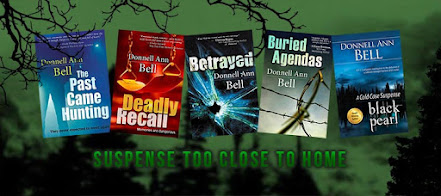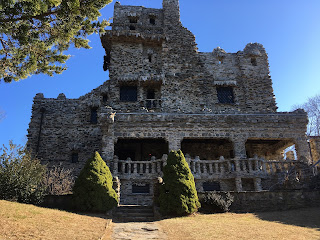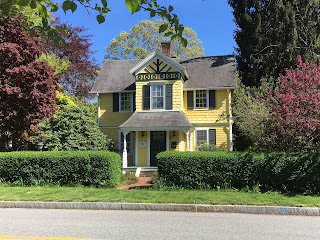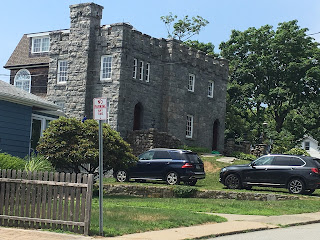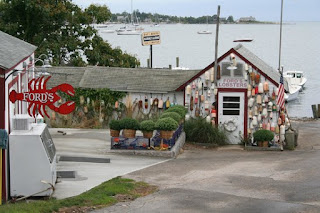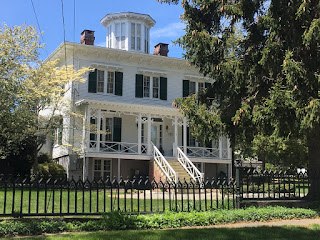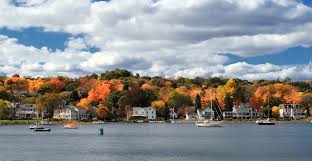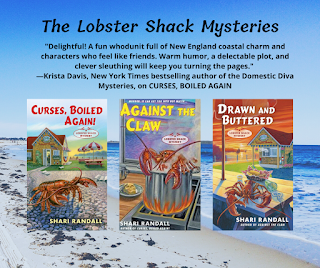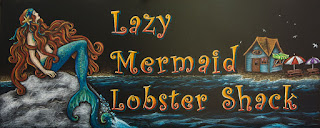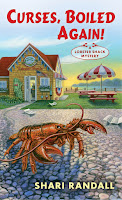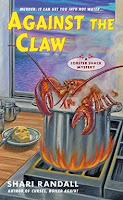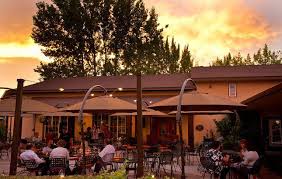The Places We Go
By Barbara J Eikmeier
One of my favorite things about reading is “going to new places” when the setting in the story takes me away. Sometimes I unintentionally read several books set in similar places, such as WW2 Europe. Or, I end up reading books where the setting is either not well developed or not important to the story. Recent book choices have taken me far away to unique environments. For example, Lucy Foley places her creepy stories in creepy places like remote Irish islands or desolate lodges in the Scottish Highlands. David Baldacci put his newest FBI superstar in the bottom of the Grand Canyon. The unusual settings made for interesting reading.
This past summer I hit a “great setting” jackpot with three books in a row with settings that quickly took me into the story and kept me there for the duration.
Before We Were Yours, by Lisa Wingate (2022) is the tragic tale of orphans under the care of the Tennessee Children’s Home Society in the 1930s. The story alternates between present day South Carolina and in the past near Memphis, TN. The protagonist in the past lived with her family on the Arcadia, a shanty river boat.
As I read Wingate’s words I felt the sun and heard the sparrows sing and saw the “fat bass” jump out of the water. She paints a picture of white pelicans flying over, headed north, indicating that summer has just begun. Later in the orphanage May gets her hands on a copy of Mark Twain’s Huckleberry Finn which makes her long for her home on the river.
The story isn’t about the river so much as it is the people who lived on that shanty boat, but the setting of the river is so beautifully developed that it has stayed with me long past the horror of the orphanage and the final pages of the novel.
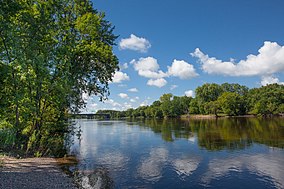
One for the Blackbird, One for the Crow by Olivia Hawker (2019) is set in the shadow of the Big Horn Mountains, Wyoming in 1878. This book captivated me at page one. My mother lived until age 14 on a homestead in Wyoming so novels set there pique my interest. Twenty miles from town is not hard to imagine if you’ve ever driven across the Wyoming plains.
The story meanders along and although there are some great climatic moments it is the way the young couple work in harmony in the every day setting of their homestead just to survive that kept me reading. Young Beaulah, ‘a little light in the head’ is fascinated with all aspects of nature and I never tired of her teaching Clyde to notice the neat rows of seeds in a pod, or the shimmer on a bug’s wings or how the river sounds and the grass swishes.
I said to my sister-in-law, who loaned me the book, “That story isn’t in a hurry to get anywhere, and surprisingly, it doesn’t bother me. I sort of don’t want it to end.” Rich in sensory detail I now want to visit the Big Horn Mountains myself.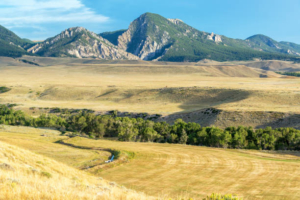
Hang the Moon by Jeannette Walls (2023) is set in the hollers of Virginia in the 1920s. Walls masterful storytelling places young Sallie Kincaid in charge of collecting rent from residents of the county, most of whom live up in the hollers. The story touches on many social topics, is filled with rich characters and plenty of tragedy all placed in a specific setting in rural Claiborne County of Virginia.. The setting is so well described that when the bootleggers turn their headlights off and move through the county under moonlit it’s as if we can see as well as the drivers.
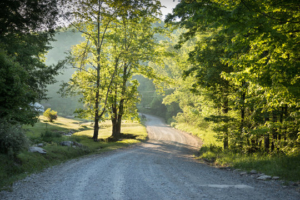
I read every night before going to sleep. It often takes me 2-3 weeks to finish an average length novel but I flew through these books and I’m hoping the next one I pick up will have just as rich a setting as these past three.
Barbara J. Eikmeier is a quilter, writer, student of quilt history, and lover of small-town America. Raised on a dairy farm in California, she enjoys placing her characters in rural communities.
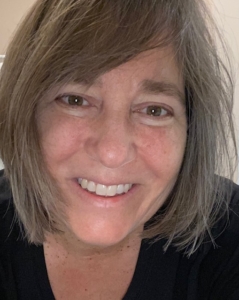

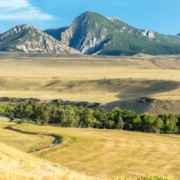
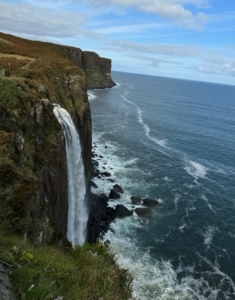 We started in Edinburgh, traveled north to Loch Ness and Inverness, then farther north to Ullapool, the Isle of Skye and the Isle of Lewis. And finally, we headed back south to Loch Lomond, Glasgow and then back to Edinburgh to fly home.
We started in Edinburgh, traveled north to Loch Ness and Inverness, then farther north to Ullapool, the Isle of Skye and the Isle of Lewis. And finally, we headed back south to Loch Lomond, Glasgow and then back to Edinburgh to fly home.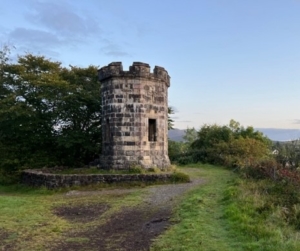
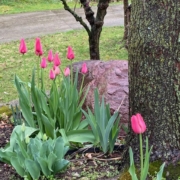

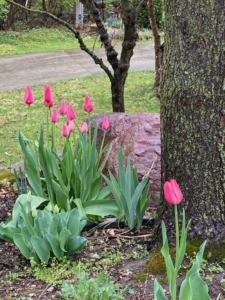


 Barbara J. Eikmeier is a quilter, writer, student of quilt history, and lover of small-town America. Raised on a dairy farm in California, she enjoys placing her characters in rural communities.
Barbara J. Eikmeier is a quilter, writer, student of quilt history, and lover of small-town America. Raised on a dairy farm in California, she enjoys placing her characters in rural communities.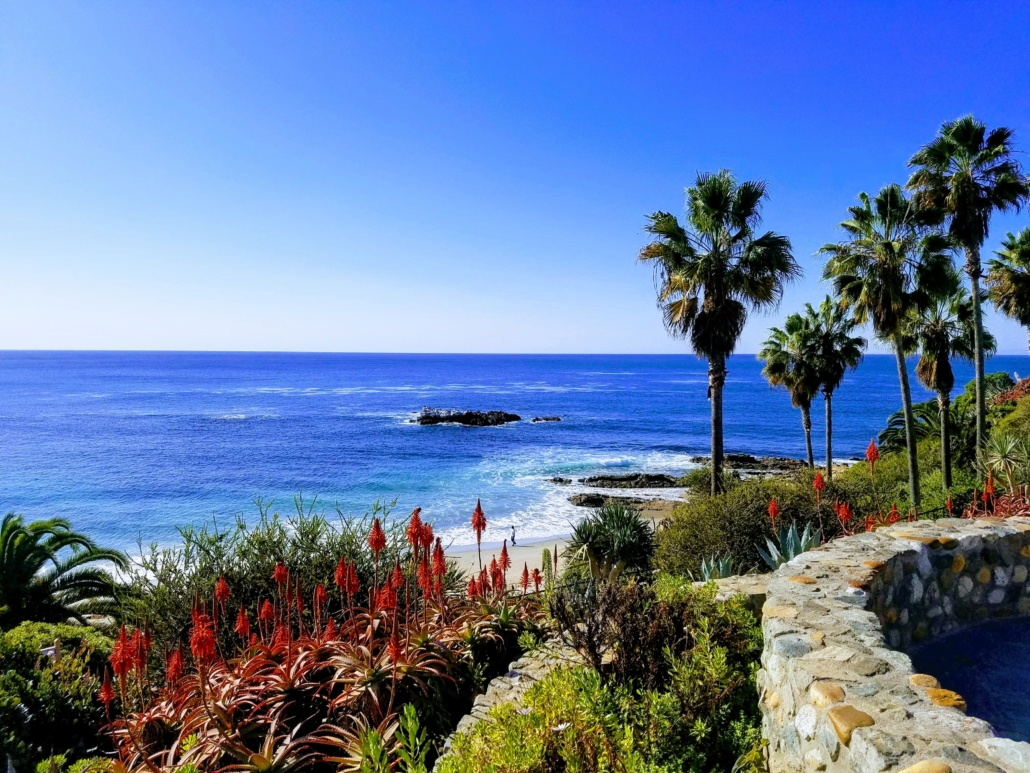
 It’s exciting that travel is opening up and people are once again beginning to plan trips. For some of us that means a road trip to visit family for the holidays or a short vacation to warmer climes. For others it means something bigger. Perhaps booking that trip to a far-away destination that you’ve always wanted to visit. The wonderful thing about travel is that it not only gives us new perspectives, but it can also offer a much-needed break from the day-to-day routine. Given that, we hope you’ve got some travel plans in your future.
It’s exciting that travel is opening up and people are once again beginning to plan trips. For some of us that means a road trip to visit family for the holidays or a short vacation to warmer climes. For others it means something bigger. Perhaps booking that trip to a far-away destination that you’ve always wanted to visit. The wonderful thing about travel is that it not only gives us new perspectives, but it can also offer a much-needed break from the day-to-day routine. Given that, we hope you’ve got some travel plans in your future.

